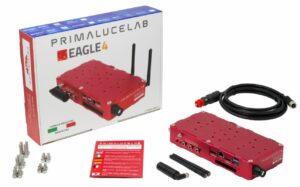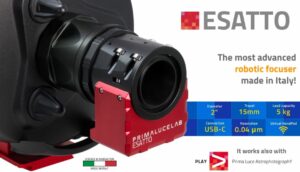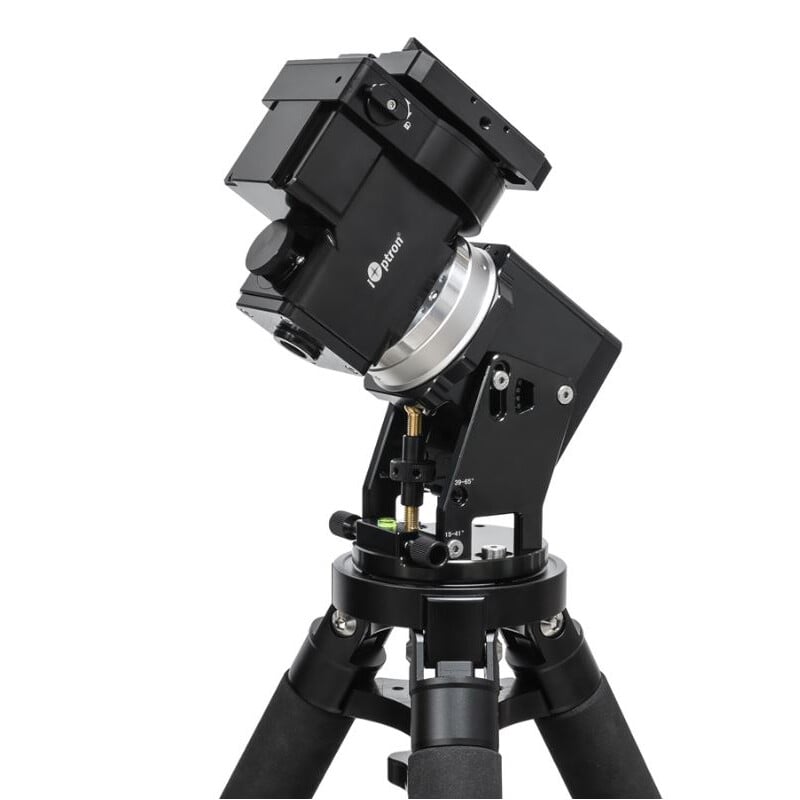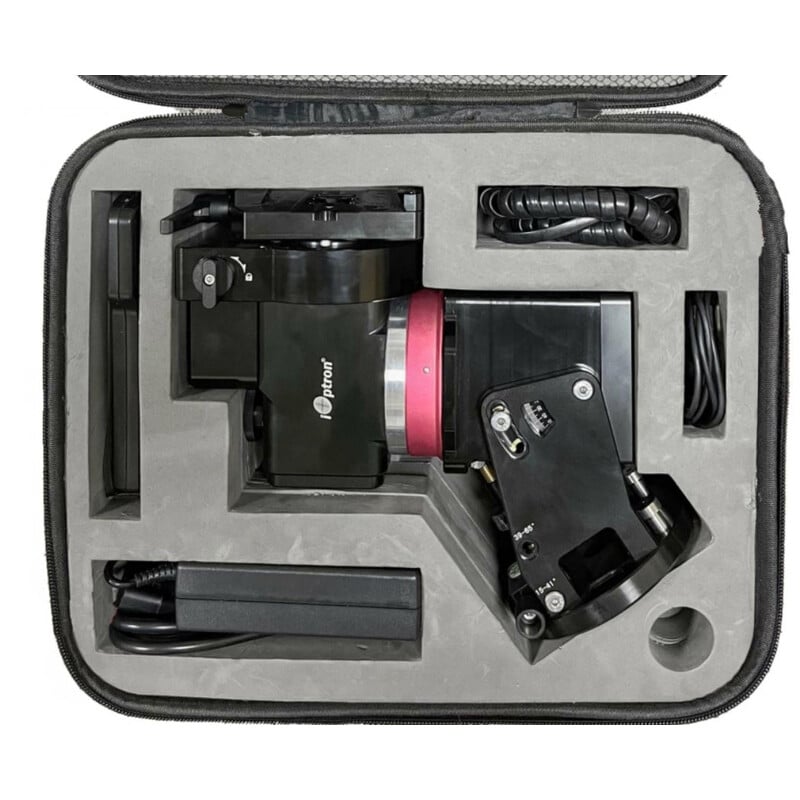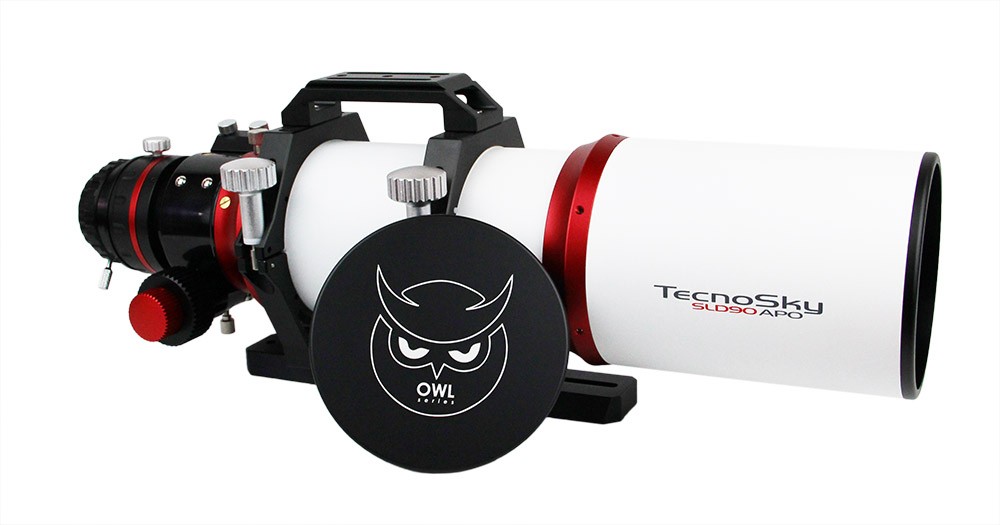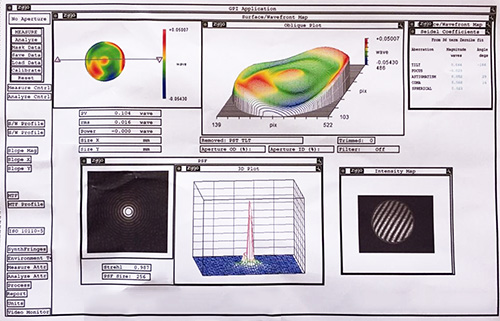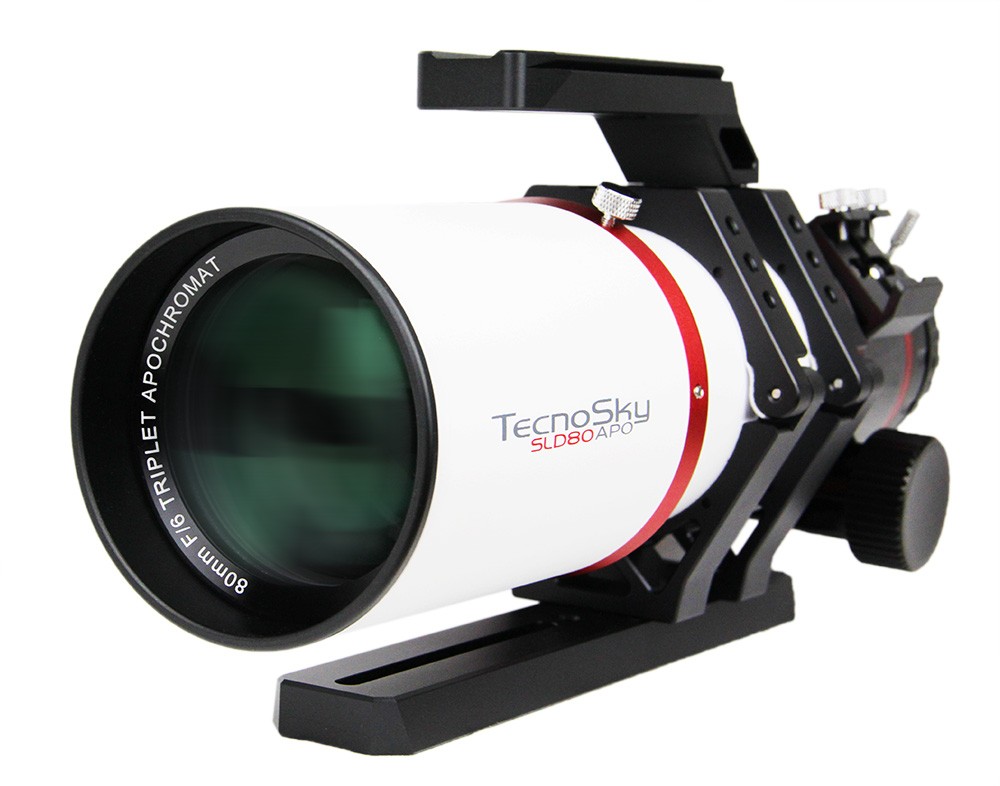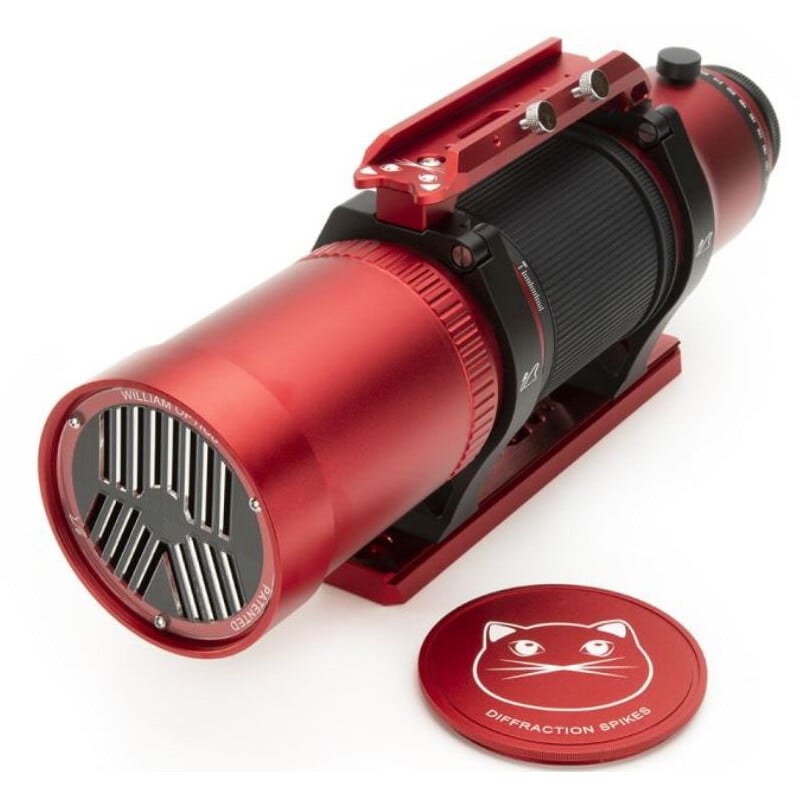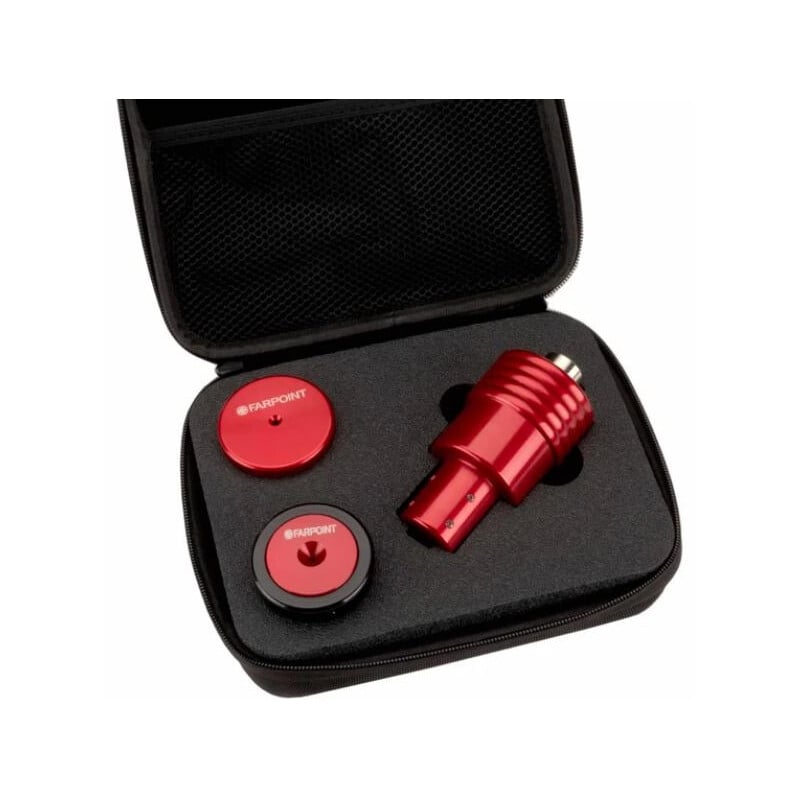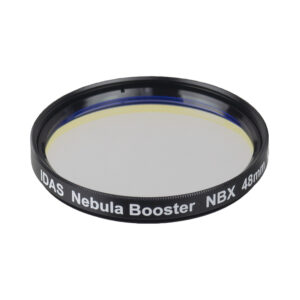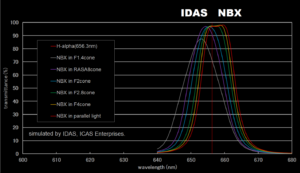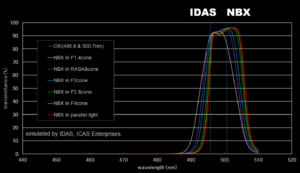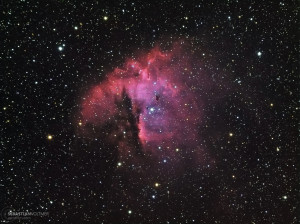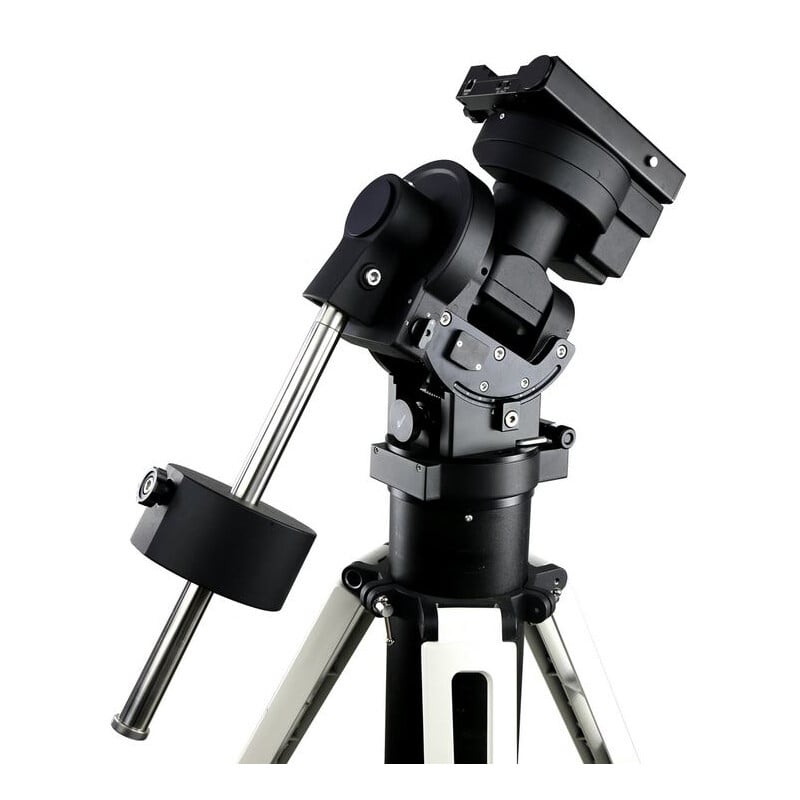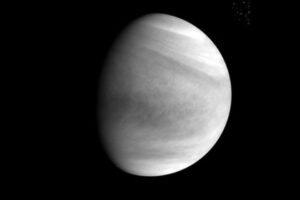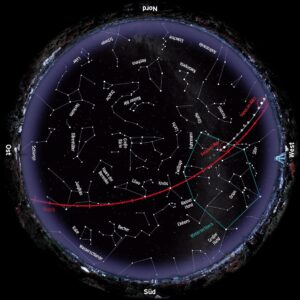PrimaLuceLab, the Italian manufacturer from Porcia, specialises in high-end astronomy accessories. Products includes the high-quality PLUS range of prism rails, support rings and clamps, together with adapters, guiding systems, radio telescopes and a variety of products for holistic astrophotography solutions. PrimaLuceLab’s aspiration is to make astrophotography uncomplicated and accessible for all – this aspiration is fully realised with their specially developed PLAY software and their EAGLE, ECCO, ARCO, GIOTTO and SESTO SENSO series of products. The aim is to create a complete package that functions as simply as possible and makes the technology behind astrophotography as convenient for all users as it can be: a PrimaLuceLab experience, so to say.
When combined with the PLAY software, this system comprising various PrimaLuceLab products offers a complete set-up for all telescope models, regardless of brand. The PLAY software is very clear, user-friendly, offers an all-in-one solution with full ASCOM compatibility and works providing you use at least an ESATTO micro focuser or the SESTO SENSO 2. Instead of various software applications, you have everything combined in one clear and simple solution – indeed the name PLAY suggests the simplicity of the application – which allows even beginners to engage in astrophotography in an uncomplicated (yes, playful) and yet immediately successful manner. All other PrimaLuceLab products can be controlled using this software.
Functionality and technology are continuously tested and further developed by PrimaLuceLab. Products are always checked in the in-house workshop before they are sent to the warehouse or prepared for shipment. I was able to see this for myself during a visit to the company in October 2022. There, the founder and president of PrimaLuceLab, Filippo Bradaschia, gave me a live demonstration of the PLAY software functionality using a complete set-up comprising a Sky Watcher AZ/EQ5 mount, a cooled QHY163 monochrome camera, PrimaLuceLab EAGLE/ARCO/SESTO SENSO products, together with a Sharpstar 80mm apochromatic refractor. I was impressed by the overview of the operation as well as the functionality! The software even replaces the mount’s hand-held control. Filippo Bradaschia compares this to buying an Apple©™product: PrimaLuceLab offers you a complete experience and ensures that the individual components are all compatible with one another: the PrimaLuceLab experience!

